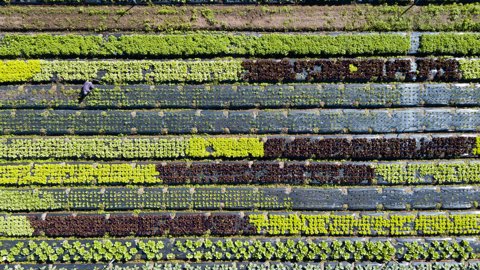When Sjacco Schouten became head of Emerging Markets Debt (EMD) in 2018, the team had to address a number of challenges. Ongoing changes in clients' demands, a poor performance track record and a less than best-in-class ESG perspective all meant that the team has had to reinvent its EMD proposition. But Schouten thinks the changes are not over yet. "We will continue to see important shifts in this asset class. Local currency debt and emerging market private debt will become more important, and we will continue to develop new concepts for investing in EMD with an increased focus on sustainability."
The overhaul of the EMD proposition in the past few years has involved everything from the introduction of new processes, to changes in governance and a stronger focus on limiting drawdown risks. Besides that, the EMD team itself has changed in terms of composition, culture, and roles and responsibilities. "We have developed the flexibility and skillset to deal with near constant change, in the asset class itself and also in terms of client requests", says Schouten. "I think we've been successful in this. In any case, over the past few years, we have delivered on our promises to clients."
The performance of the asset class has fluctuated substantially over the past few years. What is your explanation for this?
"2022 was indeed an extremely negative year from a total return perspective, for both hard currency and local currency emerging market bonds. The main reasons were the strong interest rate increases in the US; a re-pricing of risk that caused spreads to increase; and the negative currency returns versus the US dollar. This means it is difficult for the asset class to attract new money. When US Treasuries are offering investors an almost risk-free and quite generous return of almost 4%, what’s the point of adding risk in the form of EMD? Dedicated money is expected to remain invested, but the underlying story currently just isn't strong enough to expect a great inflow of new money into the traditional EMD asset class. The exception to this could be investors looking for alternative investments in developing countries that can help to support sustainable developments."
What would be needed to change the outlook for this asset class?
"Actually, the picture for EM is starting to look better and in fact our performance in 2023 showed a complete turnaround. From a macro-economic perspective, we see that EM countries’ fiscal balances have strongly improved in recent years and their creditworthiness has stabilized. Also inflation has peaked, creating some room for central banks to lower interest rates. Some have done so already, although as long as US rates remain high, they can't do too much or their currencies may come under pressure. So the outlook for EM has already become somewhat more positive, but the key to real improvement is economic growth. If emerging markets can begin to significantly outgrow developed economies again, that will give returns a real boost. Whether or not they can, will depend, to some extent, on factors beyond their control ‒ geopolitics, commodity prices, interest rates and so on. There are signs that growth momentum in some emerging markets is picking up, which could result in EM growth exceeding that in developed markets. We're not convinced yet, but there are positive aspects to focus on."



